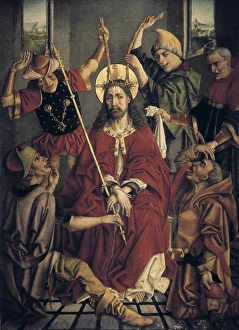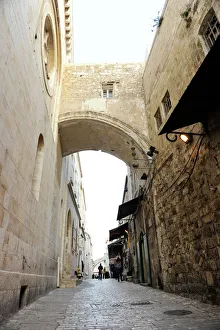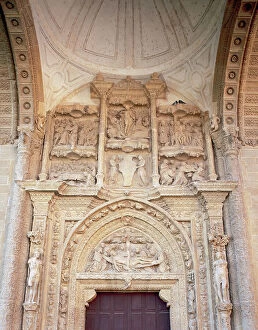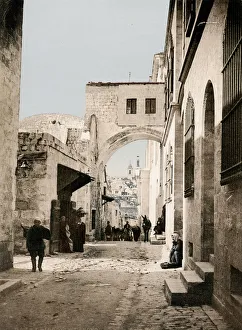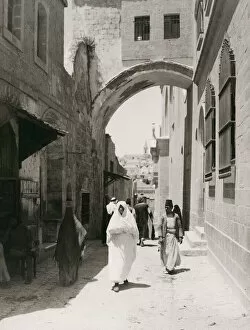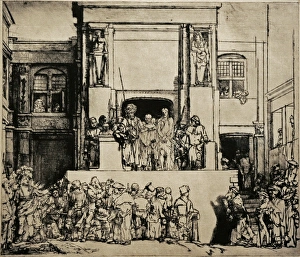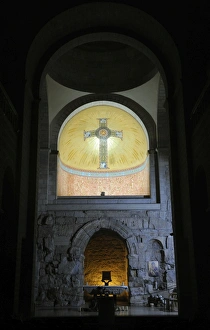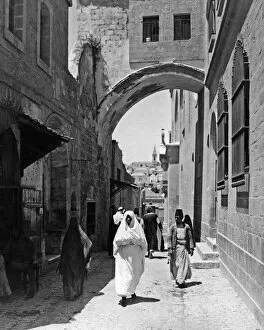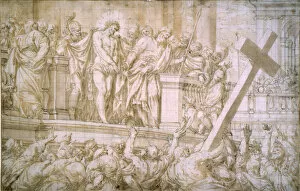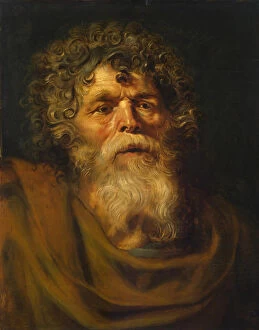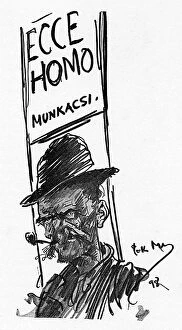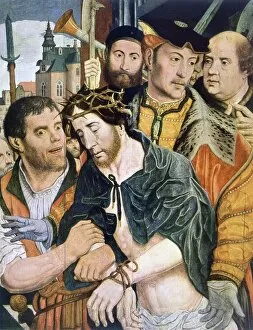Ecce Collection
"Ecce: A Glimpse into the Artistic Depictions of Christ's Passion" Step into the world of art and witness the various interpretations of "Ecce Homo
All Professionally Made to Order for Quick Shipping
"Ecce: A Glimpse into the Artistic Depictions of Christ's Passion" Step into the world of art and witness the various interpretations of "Ecce Homo, " a Latin phrase meaning "Behold the Man. " From renowned artists like Jan Mostaert, Rembrandt, and Juan de Flandes to captivating architectural structures in Jerusalem, this caption explores different representations of this iconic biblical scene. In Jan Mostaert's painting "Ecce Homo" from the 1st half of the 16th century, we are transported back in time to witness Pilate presenting Jesus to the crowd. The intensity captured by Mostaert is palpable as he skillfully portrays this pivotal moment in Christian history. Moving on to Jerusalem's Via Dolorosa, we encounter an arch known as Ecce Homo. This arch stands as a reminder of Jesus' journey towards crucifixion. Its presence adds depth and historical significance to Israel's holy city. Venturing further into Spain's La Rioja region, we stumble upon Casalarreina's Monastery of Our Lady of Mercy. Here lies another depiction titled "Ecce Homo, " created by Alonso Berruguete in 1525. This polychrome sculpture brings forth a three-dimensional representation that evokes both awe and contemplation. Traveling through time with vintage photographs takes us back to Palestine (now modern Israel) during the 19th century. These snapshots capture moments featuring the Ecce Homo Arch in Jerusalem—an architectural marvel that has witnessed centuries worth of religious devotion and pilgrimage. As our visual journey continues, we come across engravings depicting Pilate showing Jesus to the people while uttering those famous words: "Ecce homo. " These engravings serve as reminders not only of artistic expression but also reflect on humanity's role within this profound narrative.

